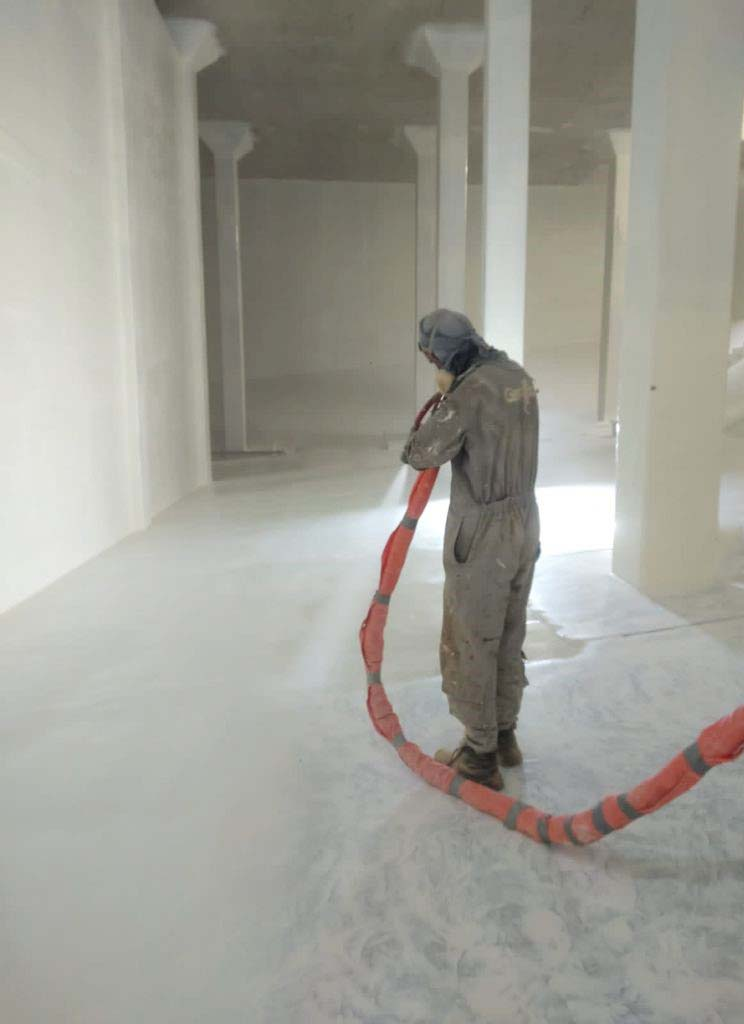
The Overlooked Challenge in Cistern Liner Design: Bottom Corners and Seam Stress
What Happens at the Bottom Corner
Most conversations about a cistern liner focus on chemical resistance, life expectancy, and compliance with potable water standards. What gets less attention is how the bottom corner—where the wall meets the floor—handles stress over time. In many existing cistern tanks, this area takes on more strain than other surfaces. Water weight pushes downward while lateral pressure pulls outward. Any shift in the ground, even from settling or minor erosion, amplifies stress at this seam. When a leak forms, it usually starts there.
Why Geometry Shapes Longevity
Cisterns aren’t uniform. A concrete cistern may have sharp transitions, while a molded plastic tank might round each joint. Custom cistern liners must follow these shapes with accuracy. If the liner wrinkles or lifts in the bottom corner, pressure builds unevenly. This changes how the liner distributes weight, especially in high-capacity cistern storage tanks. Tank linings that pull away from the wall in just one spot can introduce a point of failure that spreads upward. For drinking water systems, this risk isn’t theoretical—it can result in contamination from external groundwater.
How Material Selection Affects Seams
The choice of liner material must match the cistern’s exact dimensions and intended use. Food grade coatings for potable water storage handle different expansion rates than those used for wastewater or non-potable water. In drop-in liners, seams form along factory welds or installation joints. These seams, especially near the bottom corner, carry stress through temperature swings and changes in pressure from filling and draining. If fabric materials don’t bond well at tight bends, leaks begin with micro-tears at the seam—not the flat walls.
Hidden Factors That Influence Liner Performance
Older concrete cisterns often develop hairline fractures that aren’t visible from inside. These cracks, even if small, affect liner fit. Ground tanks and bulk storage tanks shift with frost, tree roots, and seasonal rain. If the liner doesn’t accommodate these movements, friction increases where the fabric meets rough surface areas. A well-designed cistern liner accounts not only for the surface area but also for the cistern material underneath—whether that’s stainless steel, block, or reinforced concrete. Each brings different storage requirements and demands different fabric options to ensure long lasting results.
Precision Shapes More Than Fit
Industry experts know that the right size isn’t just about volume. It includes exact product tolerances, especially at the seam transitions and around any pipe boot. Many cisterns need multiple boots to allow for overflow, drainage, or irrigation water hookups. These pass-through points challenge even experienced installers. A misaligned pipe boot or poorly cut liner hole causes tension that travels into the corner, leading to early failure even if the rest of the liner shows no wear.
How Custom Solutions Meet Real Storage Needs
Standard liners don’t always match the shape of aging cisterns. That’s why custom liners have become essential for residential and commercial water storage tanks. They follow the specifications of your cistern tank, even if the unit sits uneven or features non-standard dimensions. For fish pond conversions, farm ponds, or repurposed ground tanks, custom cistern liners also allow adaptation to new storage needs while keeping water clean and contained. That’s especially important when shifting from wastewater to potable water storage, or when switching between seasonal uses.
When Installation Makes the Difference
Even the best liner will fail if installed without attention to surface prep, anchor points, and transitions around the top of the tank. Easy installation doesn’t mean fast—it means correct. Corners must be pressed into place. Welded joints must follow pressure directions. In every project, the installer must consider the life expectancy of the liner and the history of the cistern unit itself. For old cisterns, especially those with surface wear or irregular patches, that requires more than material knowledge. It requires hard work and care.
Final Thoughts
The performance of a cistern liner often comes down to the least visible part of the tank. That bottom corner, where forces meet and time leaves its mark, tells the story. It’s not just a seam—it’s the most important part of the liner’s structure. If it fails, everything above follows. For tank linings designed to handle drinking water, wastewater, or even fish pond storage, the small details matter. Long term function comes from fit, material, and the quiet decisions made before the first drop of water fills the tank.
